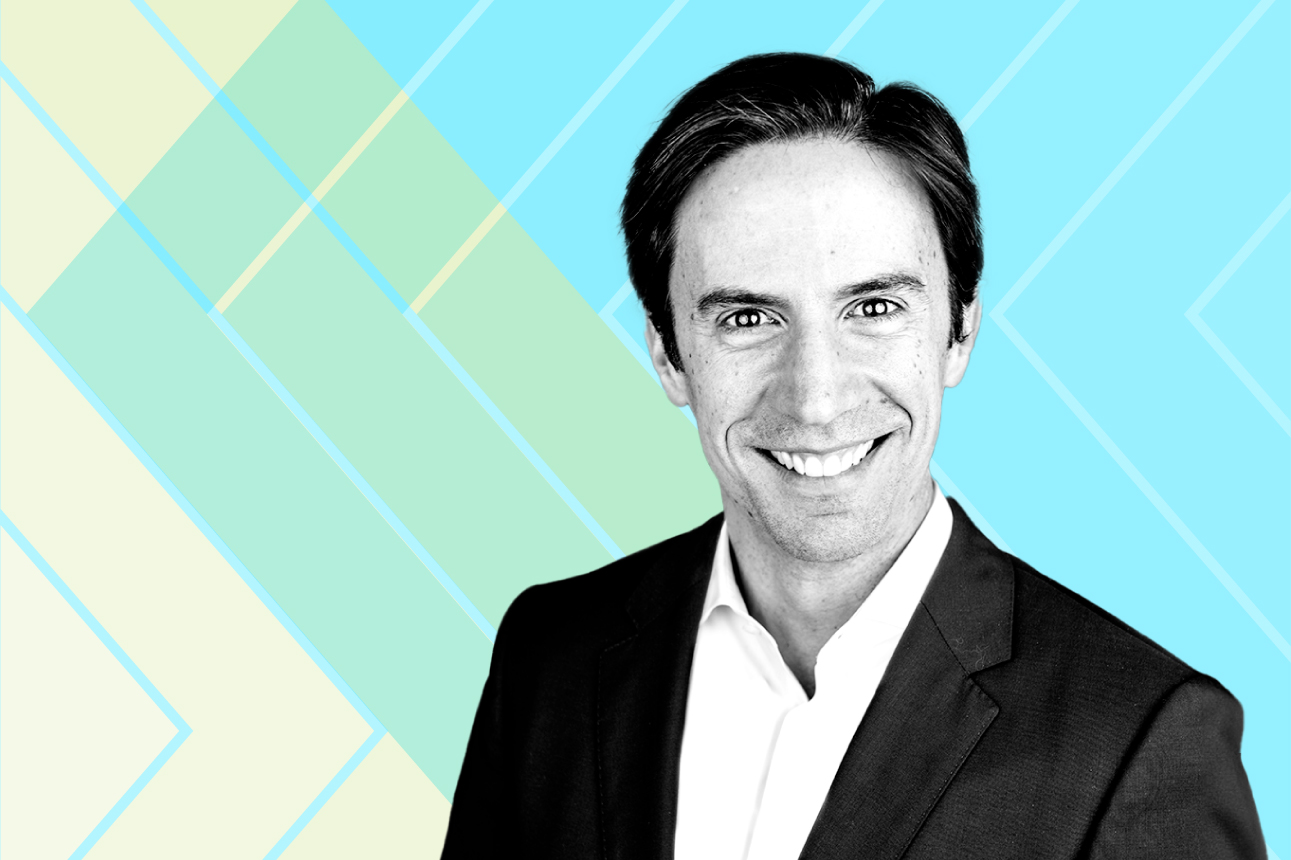Topics
Radar
Brief insights on emerging trends in management from the opening pages of MIT Sloan Management Review’s quarterly print magazine.
More in this series
MIT Sloan Management Review: What spurred your focus on employee ownership?
Vicente Reynal: As a leader, I had experienced great equity appreciation at the companies I had worked at. But I kept wondering: How could I engage the hourly workforce in achieving the same type of wealth creation?
In 2016, I became CEO of industrial conglomerate Gardner Denver. At the time, we were privately owned by KKR. When we took the company public in 2017, we gave $100 million in equity to our 6,000 employees. We saw tremendous performance over the next few years, to the point that in 2020 we were able to acquire Ingersoll Rand, which at the time was about 50% bigger than Gardner Denver in terms of revenue. But Gardner Denver was equally or more profitable than Ingersoll Rand at that time.
We wanted to bring a single culture and ownership mindset to the new company, so we gave equity to the entire employee base. And since then we have continued to compound our results and give equity to employees. That’s important because we have acquired over 40 companies over the past three years, and we want to make sure that everyone shares the same long-term perspective.
How did the employee equity initiative unfold at Gardner Denver?
Reynal: It was a well-recognized brand, with 160 years of history in the industrial space, but a company that was lacking the trust of the employee base and commitment from management. One of the first things I did when I joined was conduct an employee engagement survey. We found that employee morale was extremely low. Employee turnover was at 19%. After traveling the world to meet our teams, I realized that employee ownership was one way to get everyone aligned on goals and accelerate a transformation. Pete Stavros at KKR helped pioneer this idea.
Employee ownership was one way to get everyone aligned on goals and accelerate a transformation.
We awarded the equity to employees when we rang the bell at the New York Stock Exchange in 2017. We broadcast that to our employees to say, “Hey, you are now owners of Gardner Denver.” It was also important to tell them that equity comes with responsibility. We communicated that we needed to generate more cash to pay off our debt, which we were able to do. So by the time we closed the transaction to acquire Ingersoll Rand, we had seen what this approach could accomplish.
How did you implement equity ownership at Ingersoll Rand?
Reynal: Doing the same at Ingersoll Rand was much more difficult because of the timing. In February 2020, we had completed this multibillion-dollar megamerger and promised Wall Street over $300 million in cost savings and an acceleration of performance, but suddenly we were in the middle of the pandemic. And we were dealing with two cultures that were very different.
We issued about $150 million in equity to all 16,000 employees, with the message that this is not a thank-you — it comes with the responsibility to help us grow as a company, including our revenue. Then we embarked on training for all 16,000 employees on what it means to do that. This initiative has empowered our employees, creating economic opportunities for them and their families.
We wanted every employee to understand how cash conversion cycles work, in very simple terms. When we buy excess inventory, we have to financially account for it, which impacts our cash flow. So we gave them a tool to ensure they buy inventory at the right time and the right size and trained them on kanban systems and how to do proper procurement of the material. For the engineering team, we coached them on VAVE — value analysis and value engineering — which is a way to deconstruct a product and rebuild it in a more efficient way.
“The MIT Sloan Management Review is a research-based magazine and digital platform for business executives published at the MIT Sloan School of Management.”
Please visit the firm link to site






